Mimosa
Albizia julibrissin
non-native
Other Names:
Silk Tree, Persian Silk Tree, Pink Siris, Bastard Tamarind, Lenkorian Acacia
The Mimosa is a non-native tree from Iran and a section of Asia from Azerbaijan to China and Korea. It was introduced to Europe in the 1700s and later to North America, where it is considered invasive in some states. It used to be included in the genus Mimosa, but now is not thought to be closely related; it is more closely related to the acacias. The cocktail called the mimosa is thought to have been invented around 1925 in Paris. It is made with champagne and orange juice, and the name probably came from the yellow flowers of a different tree called the mimosa (Acacia dealbata).
Identification Tools
![]() Go Botany
Go Botany
![]() Missouri Botanical Garden
Missouri Botanical Garden
![]() Virginia Tech Dendrology
Virginia Tech Dendrology
![]() Invasive Plant Atlas of the United States
Invasive Plant Atlas of the United States
![]() EnoCitizenScience
EnoCitizenScience
Ranges
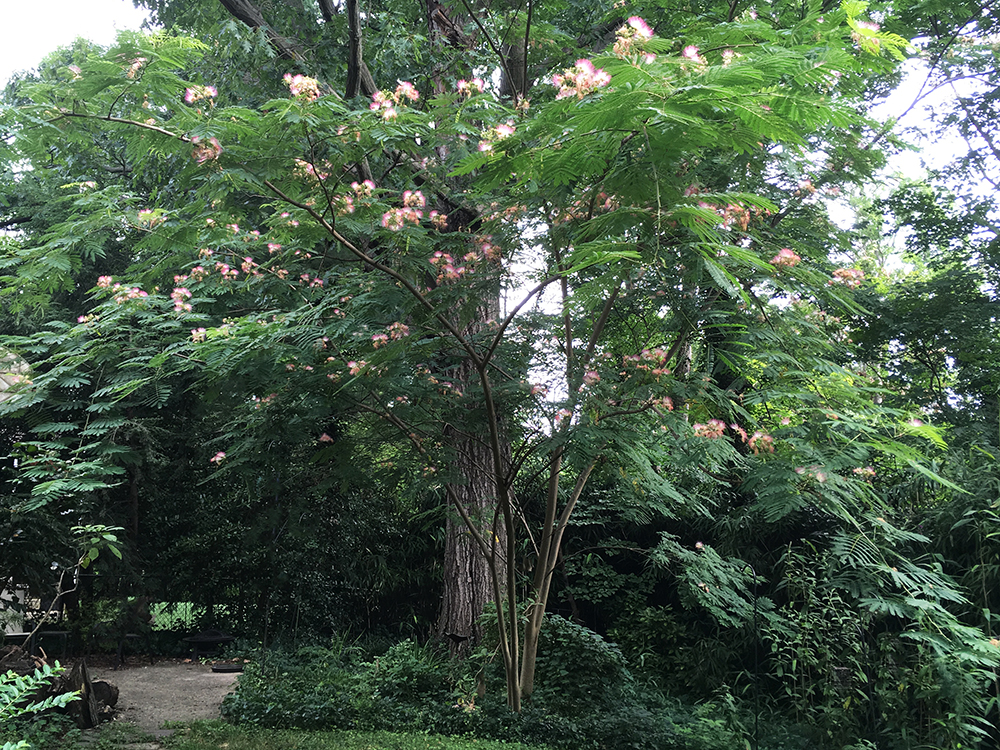
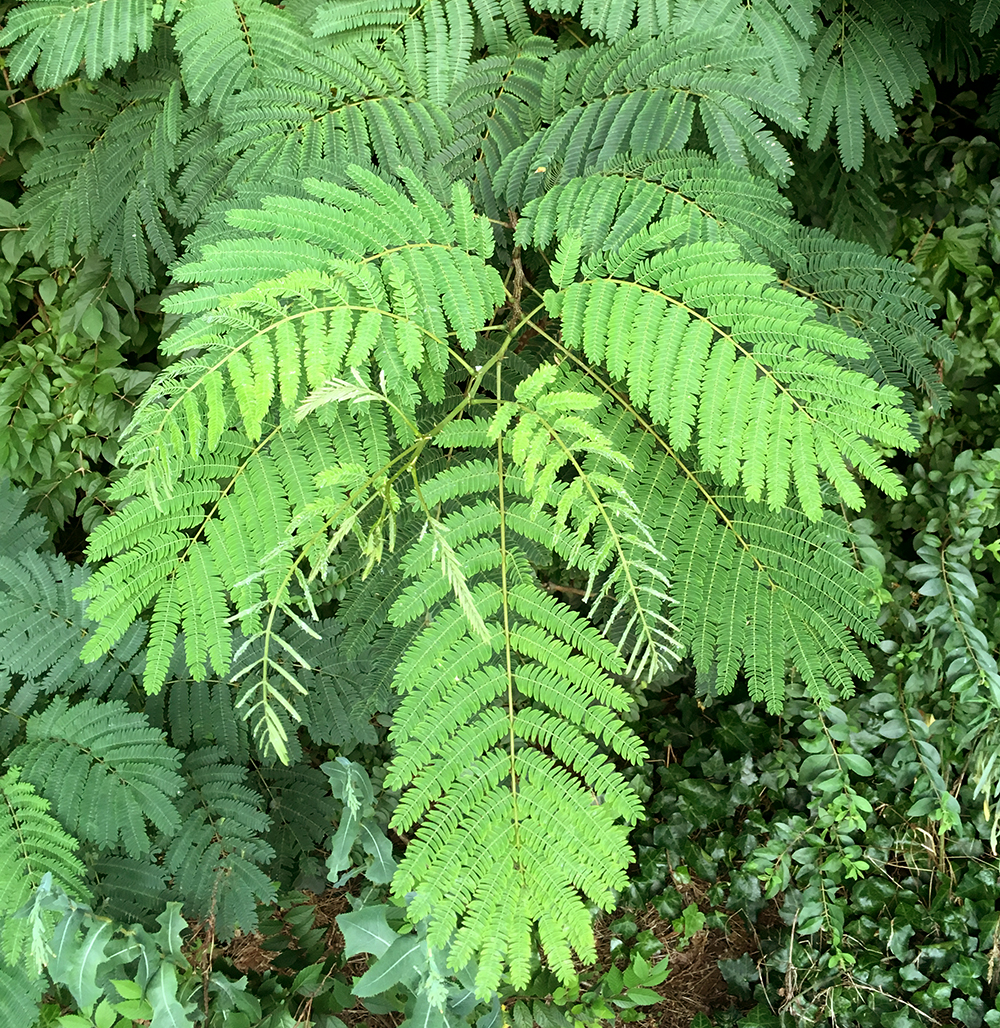
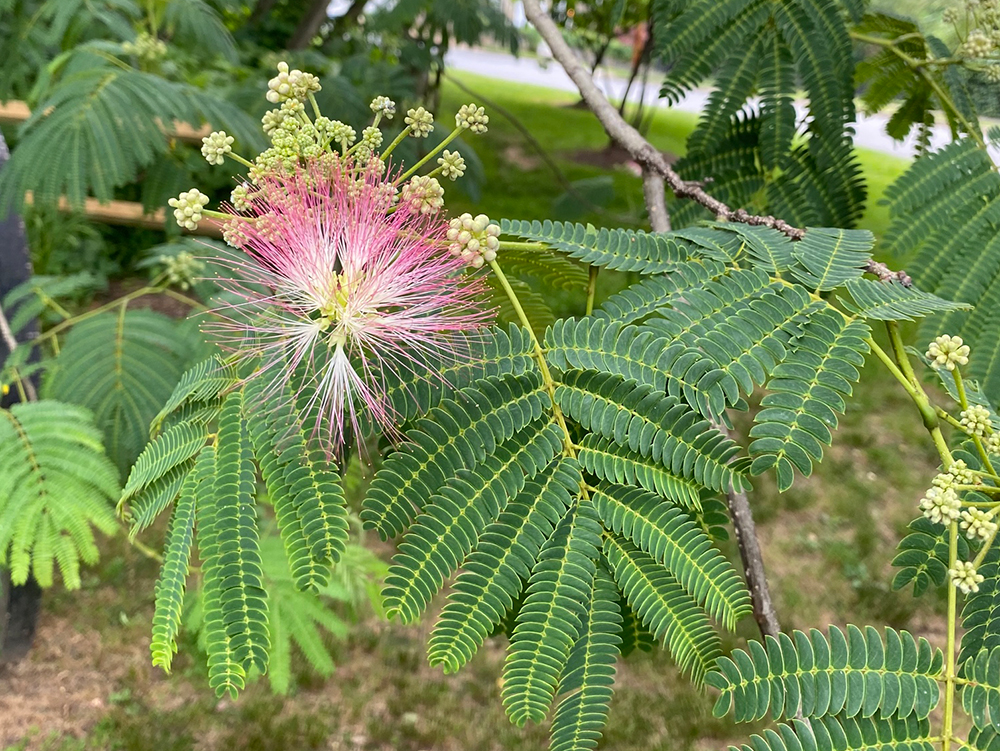
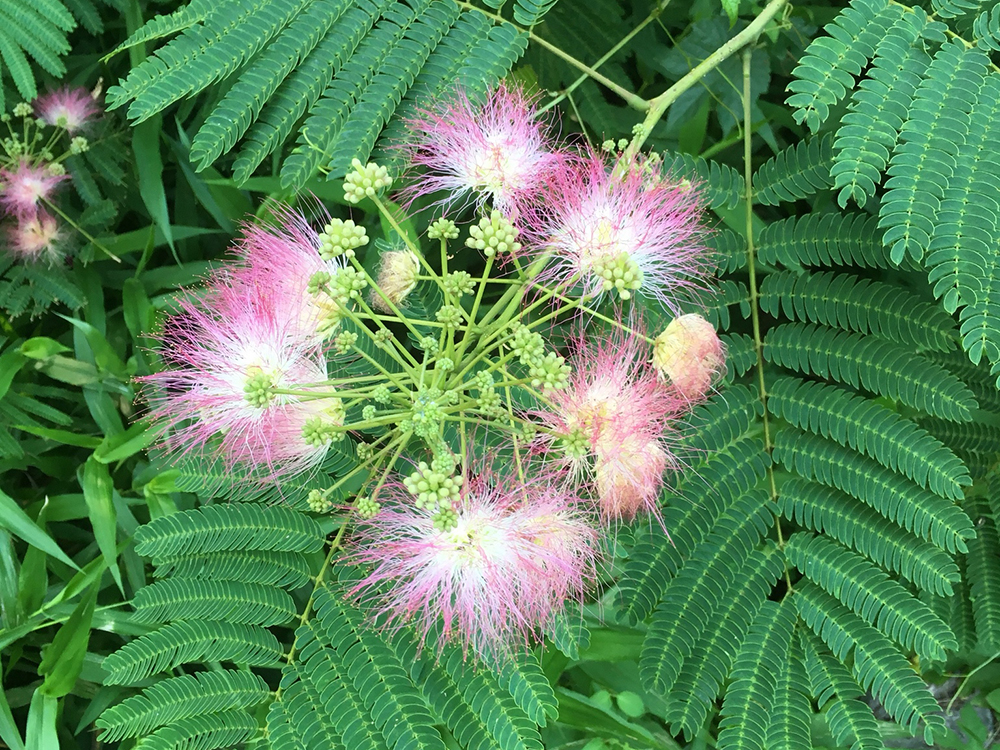
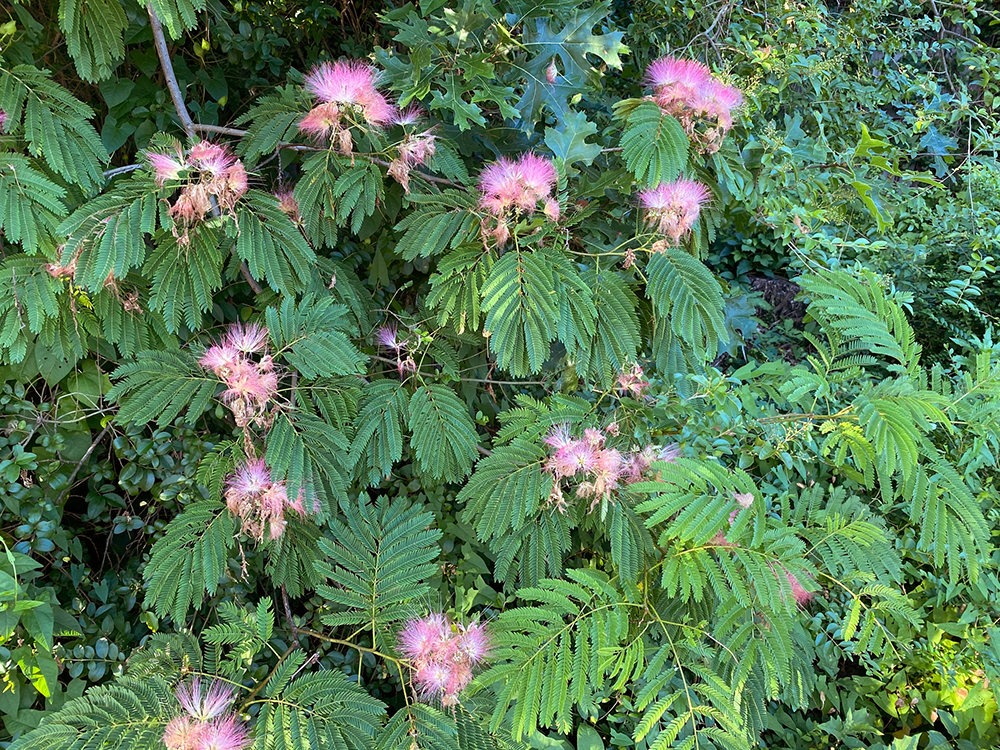
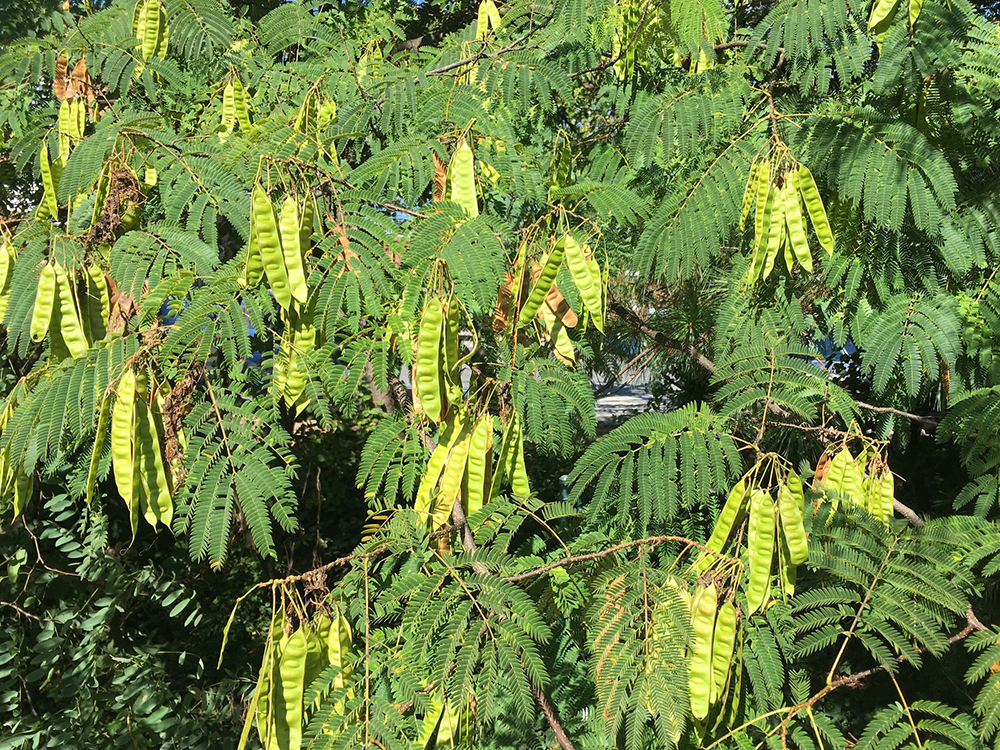
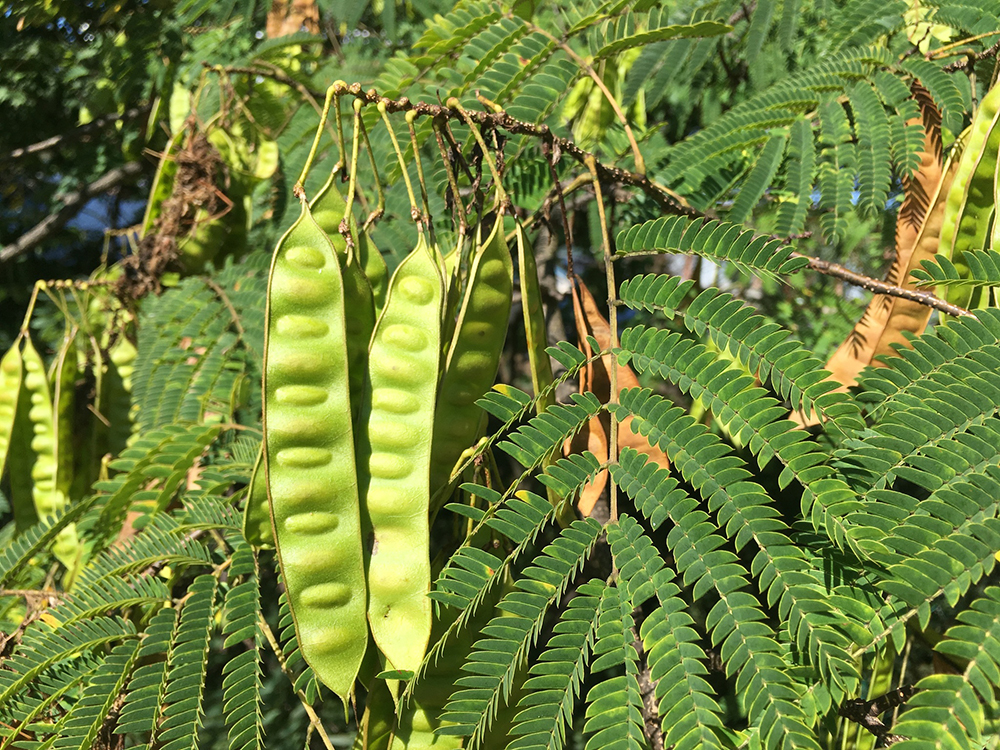
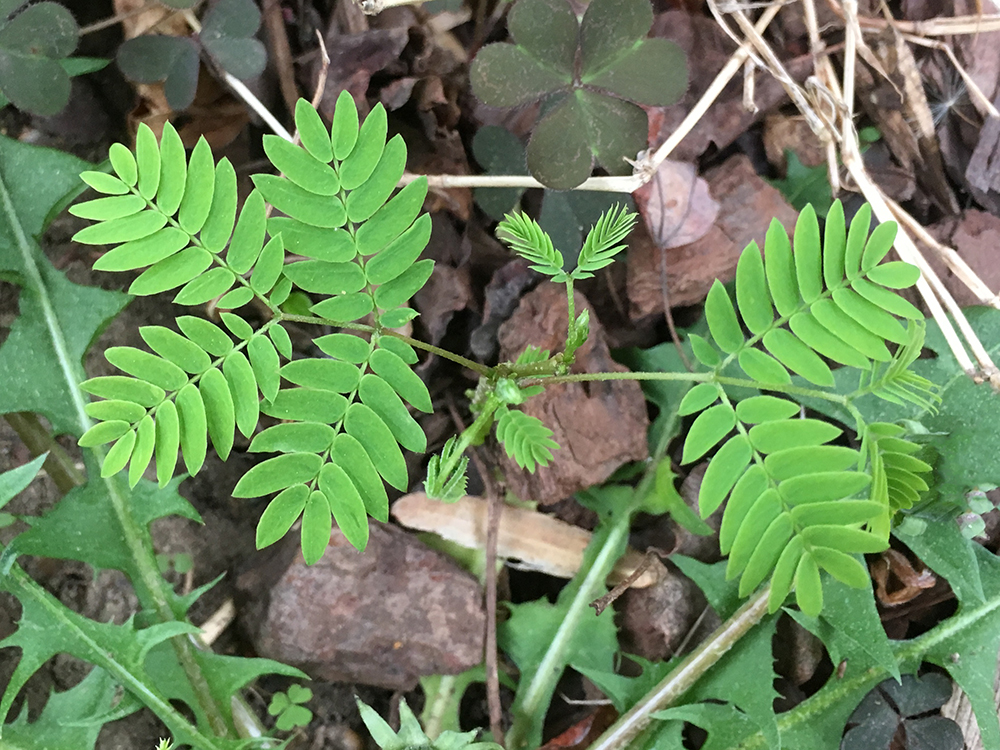
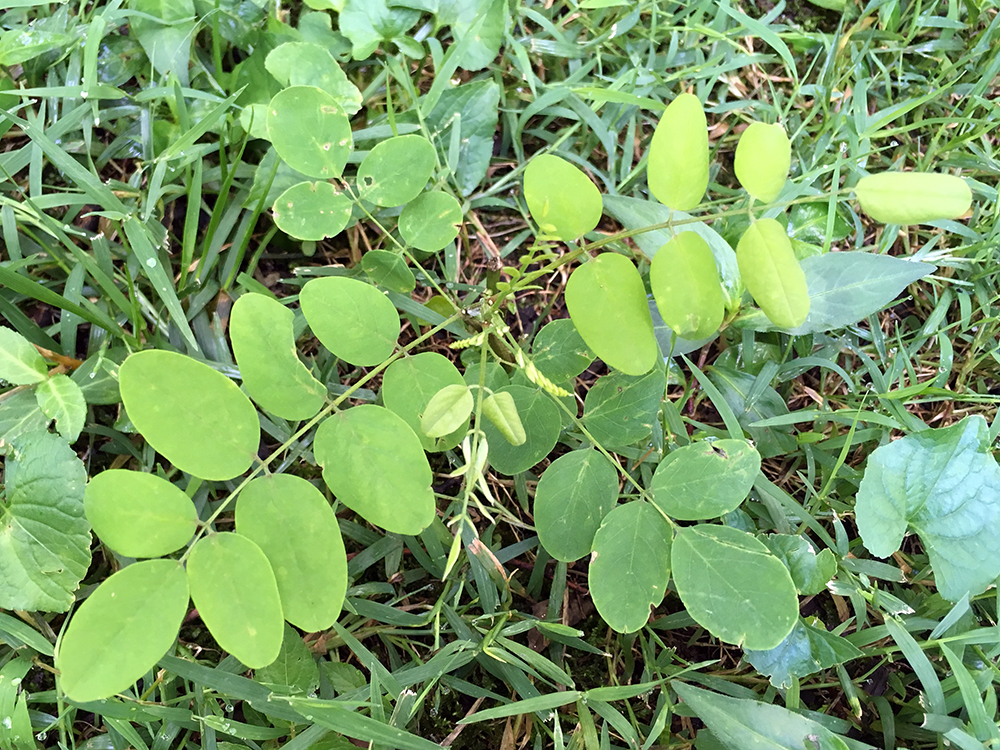
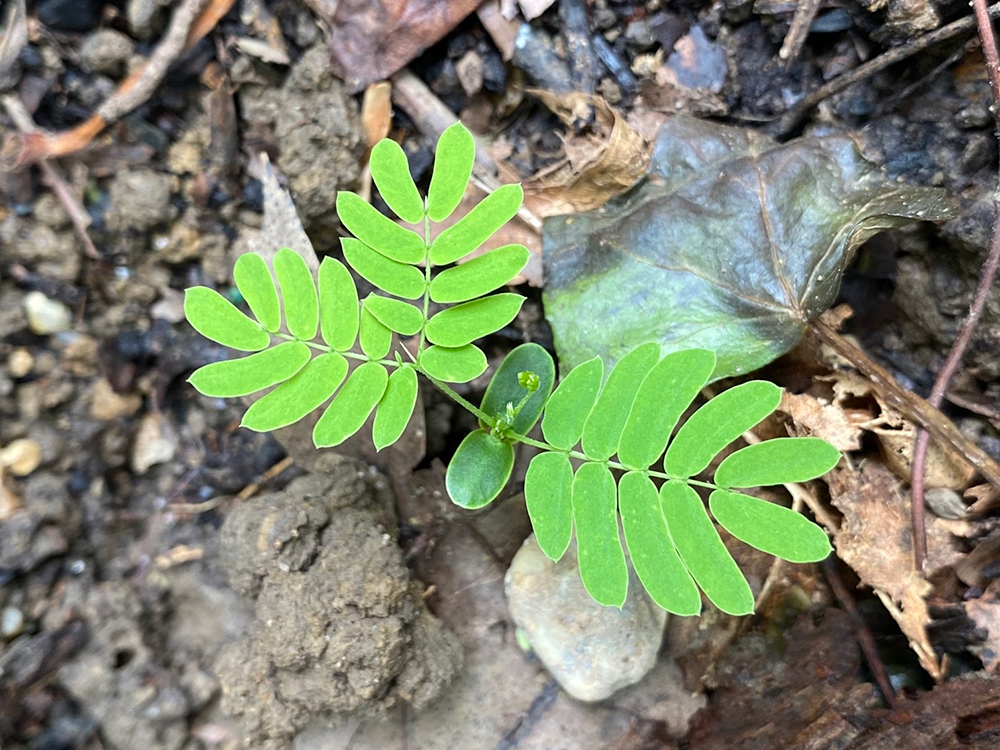
Return to the Index
